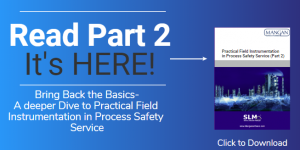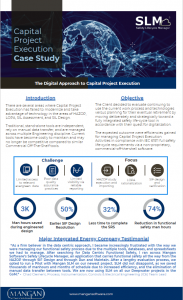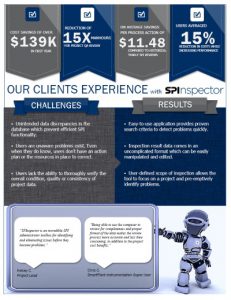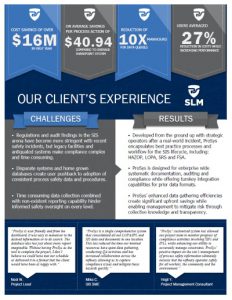Bring Back the Basics- Practical Field Instrumentation in Process Safety Service
(Blog Series Part 1)
The selection of field instrumentation in Process Safety Service can make or break the performance of safety instrumented functions. Poor selection and design can result in unreliable and costly failures and unscheduled shutdowns. In some processes, an unscheduled shutdown can cost millions of dollars as well as expose operating personnel and the community to hazards associated with equipment failure or damage caused by uncontrolled shutdowns. This discussion is directed towards the more practical aspects of specifying and owning field instrumentation that is used in IPL services such as Alarm, BPCS functions and Safety Instrumented System (SIS) Safety Instrumented Functions (SIFs).
Get a demo of Safety Lifecycle Manager
The Safety Lifecycle for Process Safety applications runs from the initial conceptual designs for a process unit throughout its life to decommissioning.
- The first part of the Safety Lifecycle involves the Hazards Analysis that identifies the need for specific Protective Functions that act as Independent Protection Layers (IPLs). Most of these are instrumented functions that have specified availability requirements.
- The second part of the Safety Lifecycle is the detailed specification and design of the field instrumentation sensors and final elements that implement the IPL functions.
- The third part, and longest duration, of the Safety Life Cycle is the ownership phase where the devices selected are operated, maintained and tested over the life of a process.

Click here to Read Part 2 of this blog series:
Rick Stanley has over 40 years’ experience in Process Control Systems and Process Safety Systems with 32 years spent at ARCO and BP in execution of major projects, corporate standards and plant operation and maintenance. Since retiring from BP in 2011, Rick formed his company, Tehama Control Systems Consulting Services, and has consulted with Mangan Software Solutions (MSS) on the development and use of MSS’s Safety Lifecycle Management software.
Rick has a BS in Chemical Engineering from the University of California, Santa Barbara and is a registered Professional Control Systems Engineer in California and Colorado. Rick has served as a member and chairman of both the API Subcommittee for Pressure Relieving Systems and the API Subcommittee on Instrumentation and Control Systems.



